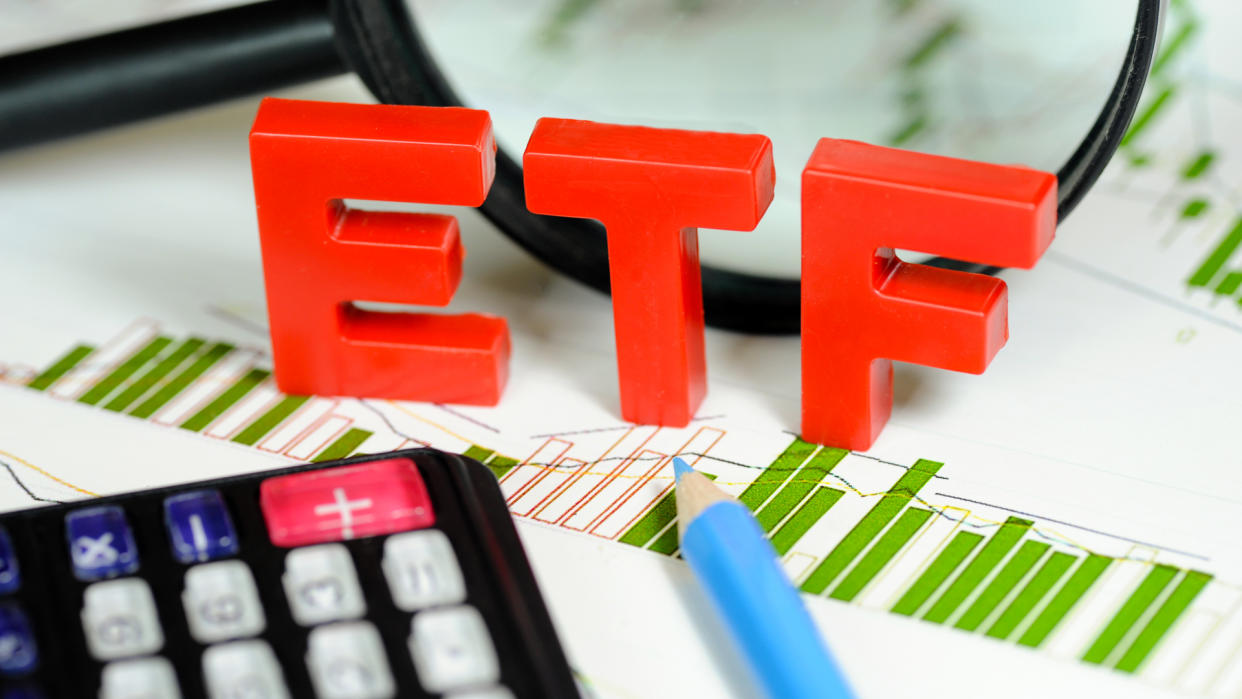ETF vs. ETP: Here’s the Difference and What To Know Before Investing

You’ve probably come across terms like ETF (Exchange-traded funds) and ETP (Exchange-traded products) when deciding where to invest your money. These don’t sound very different from each other, but it’s important to familiarize yourself with both so that you understand what’s best for you. This is especially important because ETFs are the most popular kind of ETP — which often leads to some confusion.
Check Out: I’m a Self-Made Millionaire: 5 Stocks You Shouldn’t Sell
Read Next: How To Get $340 Per Year in Cash Back on Gas and Other Things You Already Buy
ETP vs ETF
Exchange-traded products (ETPs) are securities that are traded in a national stock market during the trading day, just like stocks and bonds, an index or other financial products. The price of an ETP tracks the performance of the underlying securities — when they do well, the ETP is worth more and vice versa — but as an investor, you do not own the underlying securities themselves. There are other types of ETPs that fulfill other purposes, like exchange-traded notes (ETNs) and exchange-traded commodities (ETCs).
Exchange-traded funds (ETFs), on the other hand, are a specific type of ETP. ETFs are a collection of securities that are bought and sold like individual stocks within the fund. Investors do not hold individual positions in the securities in the ETF. Also, ETFs are not mutual funds, so you’ll want to take the time to understand the distinction and performance expectations between ETFs and mutual funds. As for ETPs and ETFs, the fundamental difference is while every ETF is an ETP, the inverse cannot be said.
Advantages of ETFs
When you’re considering an ETF, you can generally count on the advantages inherent that confer on ETFs as a type of ETP.
While not stocks, ETPs and ETFs grant investors the liquidity of stocks plus the advantage of pooled investments, and trading on the exchange in real time.
Compared to other investing in other options like mutual funds, with ETPs and ETFs tend to be more cost-effective with investors benefiting from
lower management fees and expense ratios,
better tax efficiency and oftentimes, commission-free trading.
ETPs and ETFs perform much like indexes, sectors or commodities while allowing investors to tap into specific industries or entire markets without requisite ownership of the actual assets.
When it comes to the performance of ETFs versus other ETPs, there are a number of reasons why they are the most popular type.
Learn More: 10 Valuable Stocks That Could Be the Next Apple or Amazon
ETFs usually have lower fees than other ETPs.
They have better liquidity in two ways:
Through their higher daily trading volume, which essentially means that there are a lot of shares being traded daily.
Their tighter bid-ask spread, or how disparate a buyer’s highest bidding price is from a seller’s lowest asking price.
ETFs are tax-efficient because of their minimized capital gains distributions, while other ETPs do not necessarily share their degree of tax efficiency. Because of that, it’s important to research your investments fully to determine how distributions are taxed.
ETFs have a lot to recommend them as investments. It’s worth considering how you might use them in your portfolio.
More From GOBankingRates
This article originally appeared on GOBankingRates.com: ETF vs. ETP: Here’s the Difference and What To Know Before Investing
